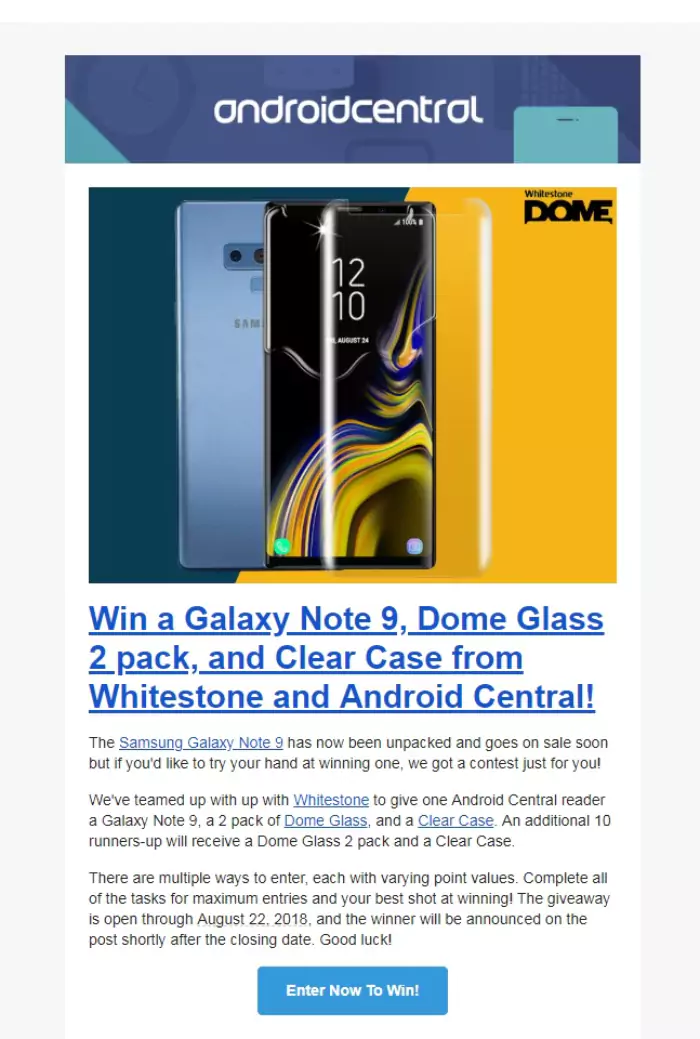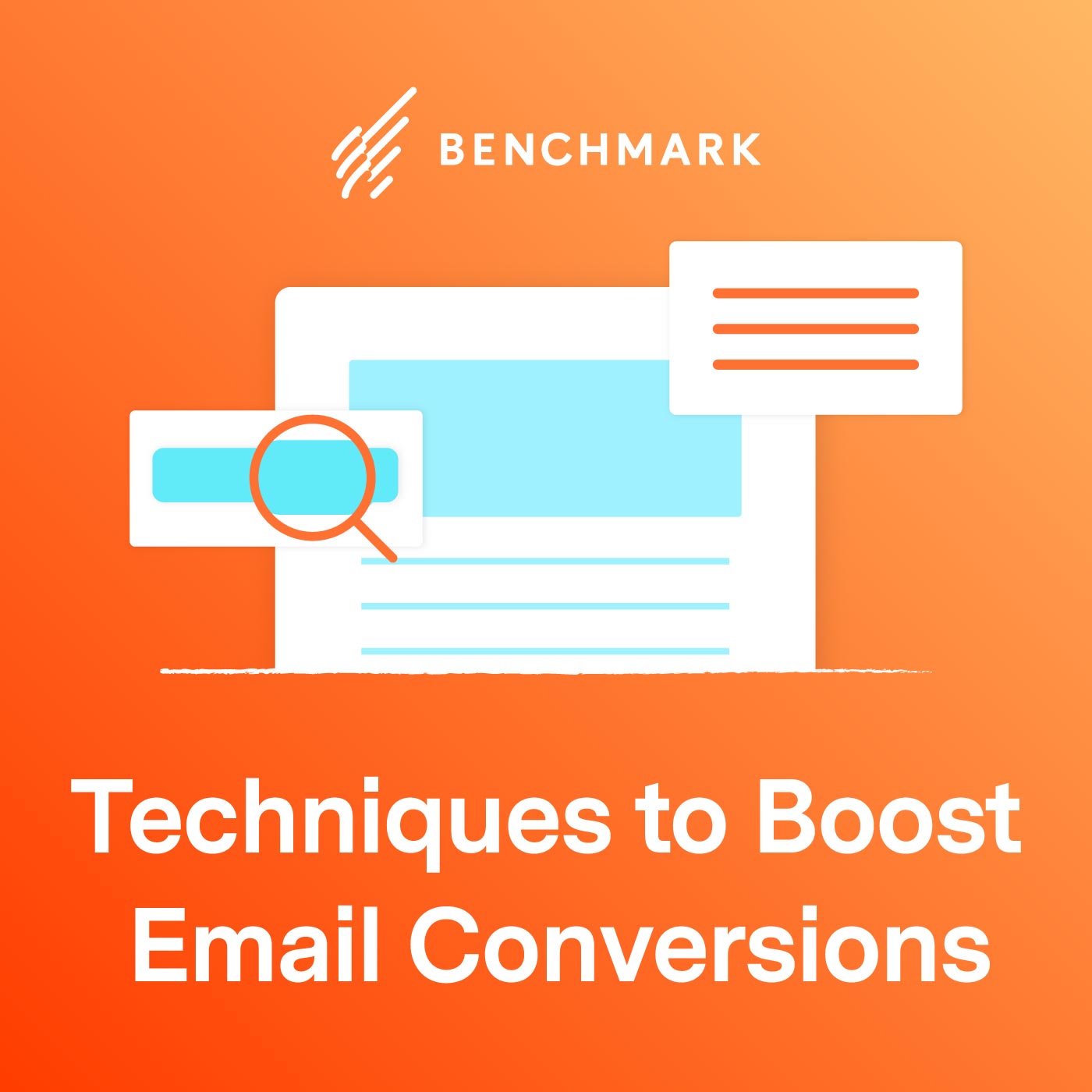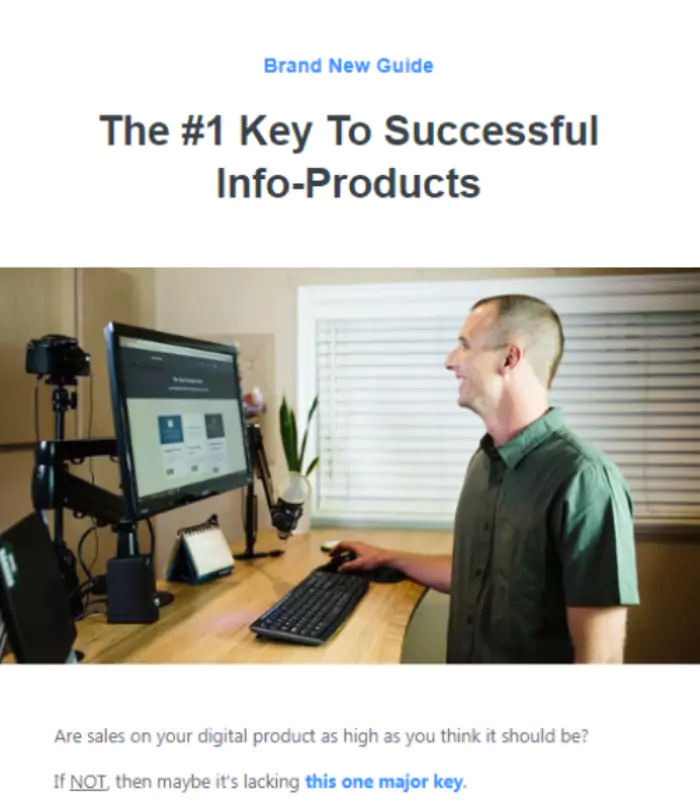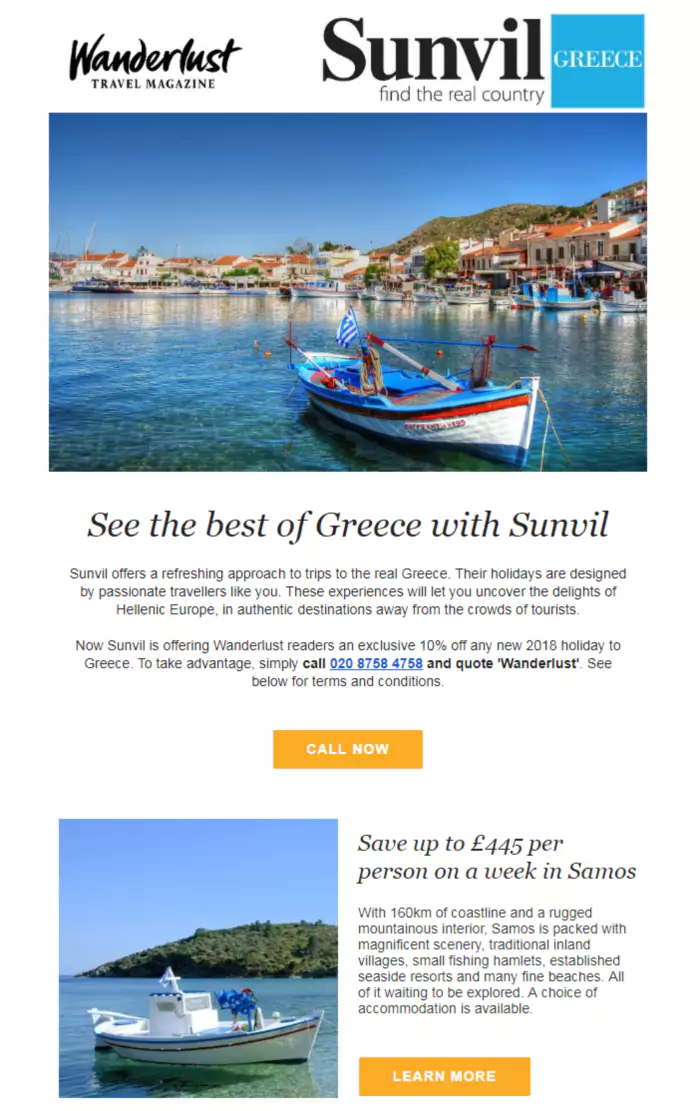
Email marketing works.
In fact, 73% of millennials prefer email for business communications. Even better, when you send out marketing emails, you’re addressing an audience that has already indicated they want to hear from you. Of course, none of this means that email marketing is a guaranteed slam dunk.
There are several things you have to get right. Most important is your email copy. If that doesn’t resonate with your audience, your campaigns won’t be effective. The following tips can help you get the results you want.

Make it Relevant by Writing in The Second Person
Readers respond best to marketing content that has a personalized, conversational, and relevant tone.
One of the best ways to accomplish this is to write in the second person. By addressing the reader directly, it helps them to see your message as being one that has been created specifically for them.
Obviously, this can be challenging. It flies in the face of what most people have been taught in terms of academic writing. Still, if you pay attention to the advertising copy you see in various formats, you’ll notice that it’s largely directed at ‘you.’
- We can help you save money!
- Don’t let the other guys rip you off.
- Fill out the order form, and you’ll receive your new camera within 14 days.
- You can help a child in need.
You can make your emails even more engaging by using a relaxed and conversational tone. Think in terms of passing on a helpful message to a friend.
Just keep in mind that there are a few exceptions to this. If you’re marketing a product or service that warrants a more formal or serious tone, then adjust accordingly. Also, in cases where you are sharing a personal experience with recipients, you would use the standard first-person voice. Just avoid writing in the third person. It comes off as detached and impersonal.
Great Subject Lines Get Readers to Open Emails
In many cases, there are two things that people use to determine whether or not they will open your email. These are the preview text and the subject line. If those don’t get their attention, your email will end up in the recycling bin or the spam folder.
The biggest challenge of writing a good subject line is finding a balance. You want a compelling headline that catches attention and convinces your audience that your email is worth reading. On the other hand, you don’t want a subject line that is spammy or more fit for a tabloid than a business communication.
According to experienced writers from cheap essay writing service, spending a little more time on the subject line can help increase open rates, avoid the spam folder and get the message across to your target audience.
Remember that ⅓ of email recipients will decide to open an email or not solely based on the subject line. Unfortunately, the news isn’t all good. Of the people who report emails as spam, 69% do so because of the subject line. Here are some tips that have been proven effective:
- Pique the reader’s curiosity
- Make it personal by addressing an interest or concern of your target audience
- Use a number
- Keep it short for mobile
- Don’t mislead with your subject line
- Preview what’s inside (e.g., 50% Savings!)
- Communicate limits or scarcity (e.g., 100 spots left or 5 days only!)
Jennifer Green, a copywriting specialist at Citatior has this to say about the importance of subject lines, “Writers should spend a significant amount of time on this. The subject line sets the tone for both your email and any interaction going forward from that point. This isn’t something that should be an afterthought.”

Here is just a regular email from Kajabi team that they’ve sent recently to their audience. The subject line “The #1 Key To Successful Info-Products” (with the key emoji) attracts the reader’s attention while instantly promising some benefit.
The good news is that subject lines are so important that professional writers have spent a lot of time perfecting their headline composing skills. There are also tools that can help you judge the quality of your headlines. Check out Coschedule Headline Analyzer Tool, Get Good Grade, Optimizely, Hot Essay Service, and Kingsumo Headlines. Use these for help editing and writing headlines, and for getting feedback.
Remember That Marketing Emails Are Different
The email that you send to an audience to get them to visit a landing page or read a blog post is much different than an email that you would send for other business communication. Marketing emails intended to convert should be written and formatted with the goal of being easy to read, and easy to understand.
First, marketing emails should be mobile-friendly. When you compose them, imagine reading the email from a smartphone. They should be easy to read at a glance, and they shouldn’t require a lot of thought to understand. As a matter of fact, effective marketing emails tended to be written at a middle school grade level. One that useful tool to help with that is readable.io. This resource will analyze your writing, give you useful information on the grade level of your writing, and other insights. Before you send out an email, double check for the following:
- You’ve used short sentences and small paragraphs
- There’s plenty of white space in your text
- You’ve used lists and bullet points
- The email is logically segmented with subheadings
- Your CTA button stands out
- You’ve added some visuals to make the content more interesting
This example from Wanderlust meets readers with a banner image and a clear call to action. And as you scroll down, you see the proposed deals with a brief description and breathtaking photos. You can then go from the email directly to the company’s site and get all the details.

Writing for marketing is its skill. Fortunately, there are several professional services and other resources you can use to help. These include Essay Assistant, The Hemingway App, Supreme Dissertations, PicMonkey, and Flash Essay.
Consider Segmenting Your Audience
Again, personalization is key.
That goes beyond using recipient’s names. The entire content of the emails you send should be written to be as relevant as possible for your audience. If you have a large customer base or a large potential customer base, using a single email may not be very effective. This is true even if you are promoting the same product or the same offer.
Instead, create multiple customer segments with as many details as you can about each one. This includes demographic information, interests, concerns, purchasing history, predicted needs, and any other information that seems relevant to the customer and their interaction with your brand. Once you have that information, you can then compose customized emails to reach customer segment that is truly meaningful to them.
For example, imagine that you have a customer segment of people who have abandoned shopping carts. In your email, you could inform of them of a special offer, then add an additional incentive to complete their existing order as well. The key is focusing on the ways in which your product or services can specifically meet the needs of the audience you are addressing.
Make an Emotional Plea
Effective marketing stirs emotion.
That might be creating a fear of missing out, using emotional marketing to create a bond between the customer and your brand, even ramping up negative emotions such as anger can be an effective technique. There are powerful emotional triggers that you can use in your emails to boost conversions. These triggers include vanity, fear, greed, belonging and others.
The best strategy is to only focus on one or two of these emotional triggers. Then, don’t go over the top. The last thing you want to do is come off as manipulative or overbearing. For example, you could trigger a greed response by offering a buy one get one deal in your email. You could then add a fear of missing out by announcing that the offer is limited in number or that it ends by a certain date.
This case from Android Central shows how a simple call to action plus customer’s greed exploitation can be an effective trick. And the opening picture teases readers and shows them their main goal in this raffle making it an offer one almost can’t refuse.

Another part of emotional marketing is using emotions to connect with your audience. This is something you can do in your emails as well. Write email content that shares your values with your audience, use storytelling, and share testimonials from satisfied customers. Most importantly, write emails that have personality. You’ve worked hard to develop your brand, and that should show in your emails.
Maintain Your Messaging Throughout The Process
The email is just a single part of the customer journey.
For example, the subject line leads the customer to open the email. The content of the email motivates the customer to click over to a landing page. The information on the landing page then convinces the customer to place an order or ask for a quote. That’s just one representation of a long chain of events that happens along a potential customer Journey.
One of the most important things along that journey is maintaining consistent messaging. What you communicate in your email copy should very closely match landing pages or any other type of content the customer may encounter.
For example, if your landing page is going to focus on a 3-day sale, the related marketing email should focus on that as well. By changing messaging too much, the customer buying process can create a bit of a bait-and-switch feel. This can result customers to drop out of the funnel.
Use The Internet For Inspiration
What emails have driven you to convert? Which campaigns have your competitors used to great success?
There’s absolutely nothing wrong with driving a bit of inspiration from other email marketing campaigns. Consider subscribing to some for no other reason than to pick up some techniques that you may not have considered before.
The internet is also a great place to pick up topics of inspiration. What is your audience talking about? What has them interested at the moment? Who is influencing them? What are they reading? Stay on top of trends and buzzworthy content. Then, find ways to relevantly tie these topics into your emails.
Build Emails Around a Single Goal
In order to convert, your readers must take a single specific action.
Before you sit down to compose any email, you should know exactly what that action is. Are they supposed to subscribe to a newsletter? Are you trying to get them to download something? Is the goal to send them to a landing page? Whatever it is, nail that down to a singular goal, and then structure your email around that single purpose.
By doing this, you keep your emails focused and concise. This increases the likelihood that readers will consume enough of your email content to actually get to your call to action
Conclusion: Use These Tips to Make Your Email Marketing Campaigns More Effective
Email is one of the most effective business communications tools there is today.
Your brand using it as a marketing tool only makes sense. It works in both the B2B and B2C sectors. To get the most out of this tool, you have to compose emails that are relevant to your audience and compel them to answer your call to action. The techniques here ensure that your copy will contribute to your goals.



